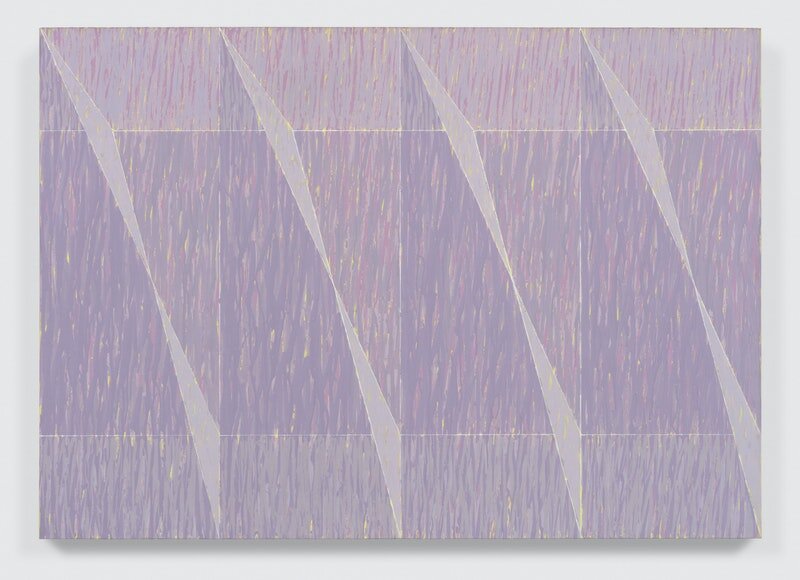Jack Tworkov: Towards Nirvana / Works from the 70s
The eight paintings and seven drawings that comprise Towards Nirvana/ Works from the 70s all date from an important decade for Jack Tworkov (1900–1982). The 1970s saw a solo show at the Whitney Museum curated by Marcia Tucker (1971), the Skowhegan Medal for Painting (1974) (presented to the artist by artist and dealer Betty Parsons), and a career survey at the Third Eye Centre, Glasgow (1979) which toured the UK. Significantly, Tworkov had undertaken changes to his painting, moving away from the more obviously gestural spontaneity that marked his development in Abstract Expressionism in New York. Trial and error evolved into a meditative, analytical approach for which Tworkov also developed a new medium of oil pigment mixed with Lucite (a synthetic organic compound) thinned with turpentine. This method emphasized the quality, particularity, and viscosity of his brush mark—a mark he would eventually set over a mathematically calculated pencil grid. The mark as a discreet, repeated element remained a constant focus throughout Twrorkov’s long career.
Jack Tworkov, OP-Q2-77-3.5.8 Series, 1977. Oil on paper, 18 x 18 inches. Courtesy the Jack Tworkov Estate and Van Doren Waxter. © 2021 Estate of Jack Tworkov / Artists Rights Society (ARS), NY.
In his essay, “On My Outlook as a Painter: A Memoir” (1974), originally published in Leonardo: International Journal of the Contemporary Artist, Tworkov spoke of a “ruling middle-class… [that] now preens itself as the patron and advocate of every outrage-as-innovation. It has coopted bohemia and captured its style and established it as typically bourgeois.” He continued, bemoaning “the vulgarization of life and politics for which the same class is to be held responsible.” The turn away from a devalued, expressionist abstraction towards an austere, conceptual, and rigorous painting, though no less sensual, reflected Tworkov’s observations on and experiences of the wider world—not simply his formal innovation.
Idling II (1970) is a vertical painting, with a black margin abutting the sides of a descending sequence of varying grey brush marks. The paint runs as the narrow brush marks are applied with an even rhythm. The paint weaves and interlaces unpredictably between control and accident—open within measure, a freedom within chosen restraints. There is an aliveness to the marks made by the thinned paint after it leaves the brush and encounters gravity, moving sideways, creating angled curves, or more or less flowing directly downward. The field of modulated color is meditative, and full of incident, held between the dark vertical boundaries that enable the field to be concentrated, rather than expanded as an otherwise all-over monochrome might. The specificity of the painting qua painting is as unforced as it is intense.

